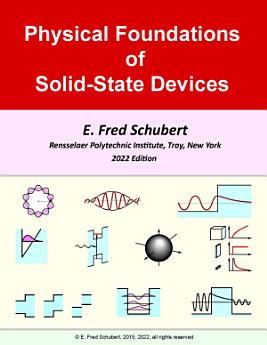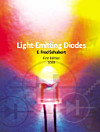Physical Foundations of Solid-State Devices
À propos de cet e-book
and photonics to get a good understanding of the physical foundations of modern semiconductor
devices. Questions that technical personnel may ask are: How are electrons propagating in the
periodic potential of a crystal lattice? What are the foundations of semiconductor
heterostructure devices? How does quantum mechanics relate to semiconductor
heterostructures? This book tries to answer questions such as these.
The book provides a basis for the understanding of modern semiconductor devices that have
dimensions in the nanometer range, that is, comparable to the electron de Broglie wavelength.
For such small spatial dimensions, classical physics no longer gives a full description of physical
processes. The inclusion of quantum mechanical principles becomes mandatory and provides a
useful description of common physical processes in electronic, optoelectronic, and photonic
devices.
Chapters 1 to 11 teach the quantum‐mechanical principles, including the postulates of quantum
mechanics, operators, the uncertainty principle, the Schrödinger equation, non‐periodic and
periodic potentials, quantum wells, and perturbation theory. Chapters 12 to 20 apply these
principles to semiconductor devices and discuss the density of states, semiconductor statistics,
carrier concentrations, doping, tunneling, and aspects of heterostructure devices.
The 2022 edition is a complete revision of the 2015 edition and also updates the formatting to
make it easily viewable with electronic display devices.






